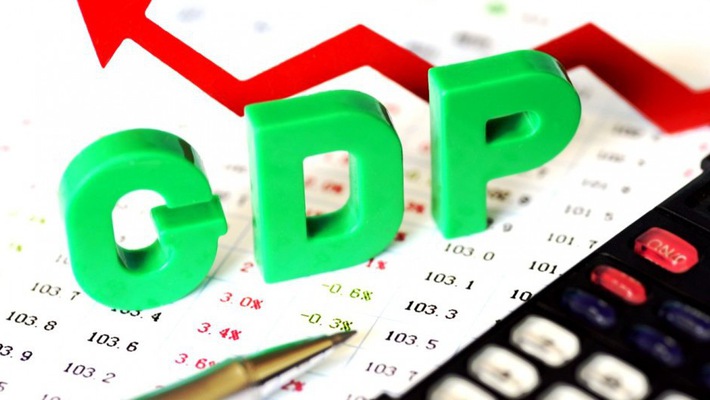Vietnam's economic growth surges | Q3 2017

Growth surged in third quarter to 7.5% in annual terms the highest growth rate since Q1 2008 following a solid performance in the second quarter, in which the economy expanded a revised 6.3% (previously reported: +6.2% year-on-year). The economy had a disappointing start to the year: Growth declined to 5.2% year-on-year in Q1, severely denting prospects of achieving the government’s full-year GDP growth target of 6.7% this year. Strong growth in Q2 and Q3 has, however, put the economy into reach of the ambitious target and has eased pressure on the Central Bank to pump more monetary stimulus. The economy is among the fastest growing worldwide.
Q3’s print was underpinned by an acceleration in growth in key sectors. The services sector expanded at the fastest pace, growing 7.3% annually in the first nine months of the year compared to 6.5% in the first six months, thanks to a broad-based improvement across all sub-components. In particular, accommodation and catering, and the wholesale and retail trade sub-sectors recorded the biggest jumps in growth. Moreover, the industrial sector gained traction, growing 9.7% in Q3 (Q2: +5.8% yoy). The surge reflects a double-digit expansion in the manufacturing sector, which translated into another quarter of export growth over 20% (Q3: +22.3% yoy; Q2: +22.6% yoy). On the downside, mining and quarrying activity contracted for the sixth consecutive quarter. The only sector to post a contraction, mining and quarrying was adversely impacted by the tax on natural resources and a fall in oil output from mature oil fields. Meanwhile, the agricultural, forestry and fishing sector grew at a modest pace and is on track to recover from the drought which started in 2016 and persisted into the beginning of this year, which should bode well for food production in the coming months.
The economy is projected to continue along this robust growth trajectory for the remainder of the year and into 2018, buoyed by strong growth in exports as new factories funded by foreign investment open, and a flourishing influx of foreign direct investment, fueled by more attractive investment opportunities. Rising private consumption will also support higher growth, and sustained double-digit growth in private sector credit will be an important catalyst to sustaining the growth momentum. The large-scale credit boom poses increasing risks to the long-term outlook, however, as the economy ratchets up an escalating debt burden amid a high level of non-performing loans already plaguing the financial sector. The government is taking measures to address the concerns, and recently introduced Resolution 42, which comprises a series of reforms aimed at reducing the level of non-performing loans in the banking sector below 3% by 2020. It remains to be seen how successful it will be in mitigating the risks.

Panelists participating in the Focus Economics Consensus Forecast expect GDP to expand 6.5% in 2018, which is up 0.1 percentage points from last month’s forecast. The panel foresees GDP also growing 6.5% in 2019.
Related news

Ho Chi Minh City Real Estate Market Quarterly Reports | Q3 2021

Ho Chi Minh City Real Estate Market Quarterly Reports | Q2 2021

Ho Chi Minh City Real Estate Market Quarterly Reports | Q1 2021

Ho Chi Minh City Real Estate Market Quarterly Reports | Q4 2020

Ho Chi Minh City Real Estate Market Quarterly Reports | Q3 2020

Ho Chi Minh City Real Estate Market Quarterly Reports | Q2 2020

Ho Chi Minh City Real Estate Market Quarterly Reports | Q1 2020

Ho Chi Minh City Real Estate Market Quarterly Reports | Q4 2019

Ho Chi Minh City Real Estate Market Quarterly Reports | Q3 2019


